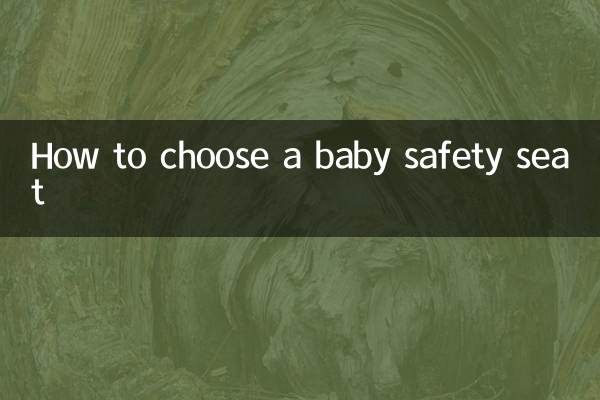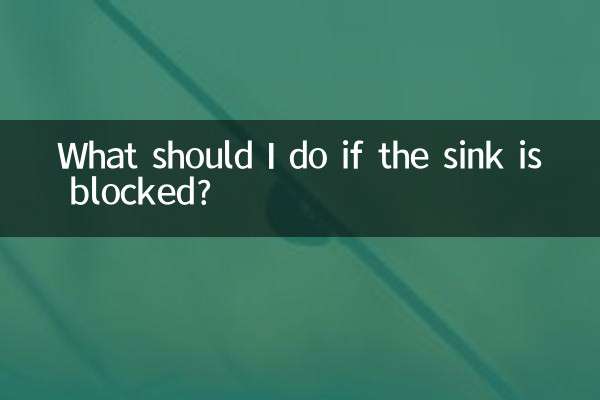How to choose a baby safety seat
With the increase in family travel needs, baby safety seats have become the focus of parents' attention. How to choose a safety seat suitable for your baby? This article will analyze it for you from multiple dimensions such as safety, comfort, and installation methods, and provide a reference for hot topic data on the entire network in the past 10 days.
1. Core purchase indicators for baby safety seats

When choosing a safety seat, you need to focus on the following five core indicators:
| index | illustrate | Recommended standards |
|---|---|---|
| Security certification | Certification mark tested by authoritative organizations | National standard 3C, EU ECE R44/04 or R129 (i-Size) |
| Age/weight adaptation | Choose according to your baby’s growth stage | 0-4 years old (0-18kg), 9 months-12 years old (9-36kg), etc. |
| Installation method | Fixed seat interface type | ISOFIX hard connection>LATCH soft connection>Safety belt fixation |
| Side impact protection | Reduce side impact injuries | Give priority to models with independent side defense systems |
| Material breathability | Seat fabric comfort | It is recommended to choose breathable mesh + removable and washable design |
2. Hot topics on the Internet: hot discussion focus in the past 10 days
According to social media and e-commerce platform data, the following topics have become more popular recently:
| Ranking | topic | heat index | Typical questions |
|---|---|---|---|
| 1 | 360 degree rotating seat practicality | 9.2/10 | Is it really convenient to carry a baby in and out of the car? |
| 2 | Interpretation of i-Size certification | 8.7/10 | How is it better than the traditional ECE R44 standard? |
| 3 | Controversy over reverse installation of safety seats | 8.5/10 | How long does reverse installation take? |
| 4 | Safety hazards of second-hand seats | 7.9/10 | How to tell if a used seat is usable? |
3. Purchasing Guide by Age Group
Babies of different ages have significantly different needs for safety seats:
1. Newborn (0-15 months)
It is recommended to choose a basket-type seat, which supports reverse installation (for at least 15 months of use) and needs to be equipped with a newborn inner liner.
2. Toddlers (1-4 years old)
You can choose to install the seat in two directions. The height of the headrest should be adjustable. It is recommended that the thickness of the side protection is ≥5cm.
3. Preschool children (4-12 years old)
When using a booster seat, pay attention to the design of the seat belt guide groove to avoid the risk of strangulation.
4. Guide to avoid pitfalls: 3 common misunderstandings
Myth 1: The more expensive it is, the safer it is
High-priced seats may have additional unnecessary functions. It is recommended to refer to certification standards and actual measured data.
Myth 2: It’s more cost-effective to use across age groups
Full-stage seats may not be able to provide protection for all ages, so it is recommended to replace them in stages.
Myth 3: The tighter the installation, the better
Excessive tightening may cause the bracket to deform. There should be ≤2.5cm of shaking space after the ISOFIX interface is installed.
5. Comparison of popular brands in 2023
| brand | Star model | Core advantages | reference price |
|---|---|---|---|
| Britax | Double Knight i-Size | Full-time reverse installation, V-shaped headrest | ¥3980-4580 |
| Cybex | Cloud Z i-Size | Lie-flat basket, breathable suspension bracket | ¥2990-3690 |
| good boy | CS729 | GBES energy absorption technology, one-click 360° rotation | ¥1999-2599 |
Summarize:When choosing a safety seat, you need to consider certification standards, baby size and vehicle interface. It is recommended to give priority to experiencing the samples in the physical store and pay attention to retaining the quality inspection report. Regularly check the buckles and webbing for wear and must be replaced after 6 years of use.

check the details

check the details